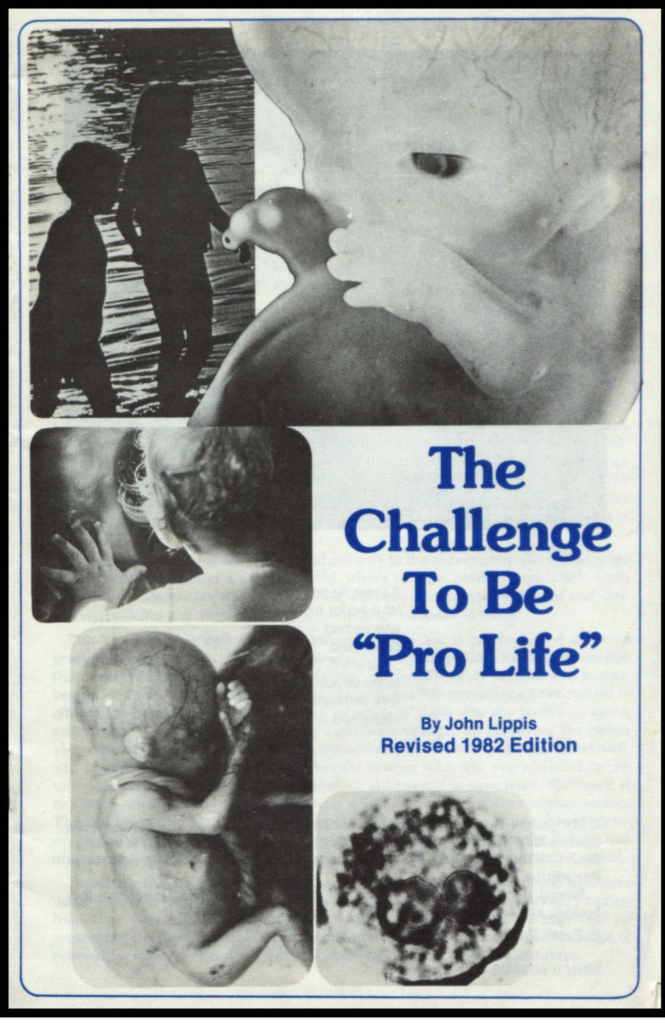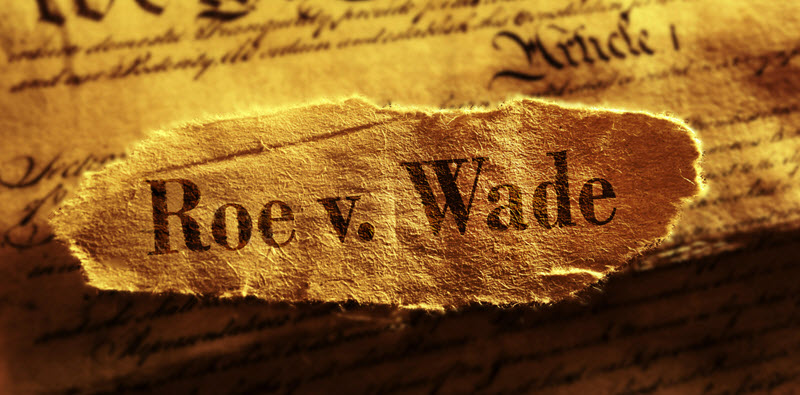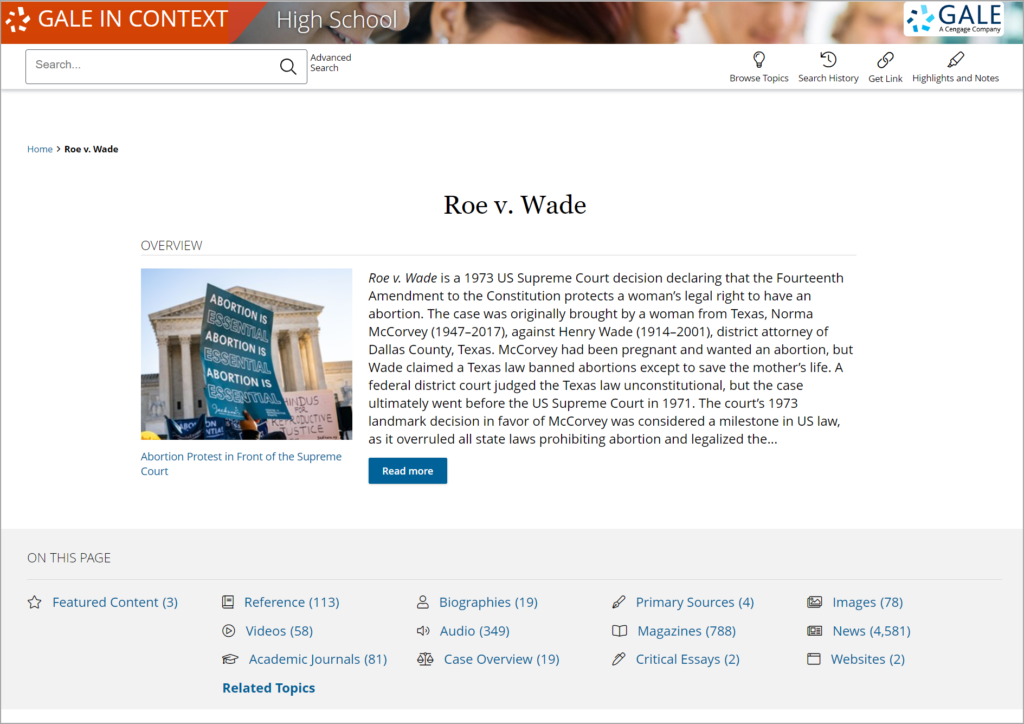| By Gale Staff |
After the U.S. Supreme Court announced it would overturn the landmark Roe v. Wade ruling, it sent shockwaves across the country; after almost half a century, Americans’ constitutional right to get an abortion had been struck down. Protests erupted in cities and towns across the United States, where reproductive rights advocates voiced concern over the far-reaching consequences of the jarring reversal, as pro-life advocates joined demonstrations to celebrate the decision.
Where is abortion still legal? How will the decision impact access to reproductive health care? How are individual states responding? Could this impact other rulings?
Instead of avoiding the conversation, educators can take this as an opportunity to help students understand the historical context and significance behind Roe v. Wade and the fight for reproductive rights—as well as the consequences of overturning it.
Through digital databases and archives, educators and students can access primary and secondary sources that provide additional insight into the past and present of abortion and reproductive rights in the United States. Here’s how:
Connecting past to present
To understand the significance of overturning Roe v. Wade, students must first consider the long history and evolution of reproductive rights, abortion, and birth control in the United States.
Educators can reference primary sources—such as court testimonies, academic journal entries, court briefings, and newspaper articles—to create a timeline that connects past to present.
- Gale In Context: High School includes digital portals for Roe v. Wade and Abortion, which contain a curated collection of related primary and secondary sources for teachers and students.
- To examine the history of reproductive health services, birth control, and contraceptives, educators and students can reference the Planned Parenthood & Birth Control History collections, available in Gale’s Women’s Studies Archive.
- Drawing from the records of the American Civil Liberties Union (ACLU), The Making of Modern Law series contains notable primary sources related to abortion and birth control in the United States.
- The Making of Modern Law series also contains a comprehensive collection of records and briefs brought before the U.S. Supreme Court related to abortion, including Roe v. Wade, Friendship Medical Center v. Chicago Board of Health, Doe v. Bolton, and United States v. Vuitch.
Analyzing multiple perspectives

To set the stage for a productive, respectful discussion, educators can use primary sources or Gale In Context: Opposing Viewpoints to help students understand the viewpoints held by pro-life and pro-choice activists, and how tactics employed by antiabortion groups in years past contributed to the reversal.
Pamphlets, booklets, newspaper articles, and other ephemera provide valuable insight into the history of the abortion debate in America.
- Within Gale’s Women’s Studies Archive, educators and students can find excerpts from notable publications, including Her-Self, Ms., and Women’s Rights Law Reporter, which detail the initial response to the Roe v. Wade ruling.
- To examine the roots of the antiabortion movement, educators and students can reference materials distributed by radical and extremist groups—like the following anti-abortion pamphlets in Gale’s Political Extremism and Radicalism database:
- Parallels are often drawn between the fight for reproductive and LGBTQ rights, so examining the Roe v. Wade ruling through the lens of the gay press is a useful way to understand its impact on the legalization of gay marriage and other key legislation.
Have the (informed) conversation
Across the country, students are already engaging in the abortion rights discussion. Educators have an opportunity to bring the conversation into the classroom or lecture hall—and use available resources to support teaching and learning around this timely, crucial topic.
Learn more about using Gale In Context: High School, Gale In Context: Opposing Viewpoints, and Gale Primary Sources in your school or library.


